Animal Protection
concerns us all!
We've done a lot ...
but there's so much more to be done!

We've done a lot ...
but there's so much more to be done!

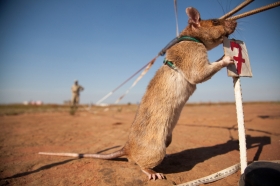
The Ottowa-convention prohibiting the use of landmines has been in force since 1999. Trade as well as their production were stopped. Over 50 Million stored mines were destroyed. Nevertheless, according to information provided by the Unites Nations, each year 15000 people die from remainders under the ground. The majority of those victims are civilians. In 1998 the non-profit organization APOPO was founded in Belgium. APOPO tested various breeding methods and training programs on different rodent species. Some laboratory rats were trained to detect high explosive samples.
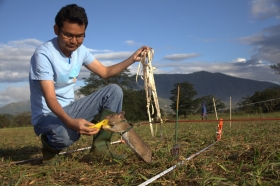
The organization starts importing giant hamster rats from Tansania. The use of those animals should serve the mine-clearing in former war zones. Due to the astonishing results a relocation to Tansania in Eastern Africa takes place. Training fields are being set up at Sokoine University of Agricultural Studies in Morogoro, Tansania.
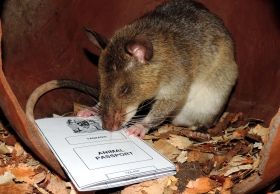
The Geneva International Centre for Humanitarian Demining (GICH D) carries out external examinations of those rats. The first group of 11 mine-detecting rats passed the admission test according to the international standards for mine-clearing (IMAS). Under the surveillance of GICHD as well as the National Institute for Demining in Mozambique (IND) these rats get their first admission.
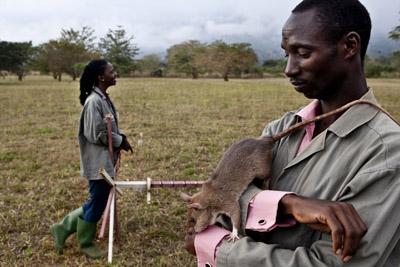
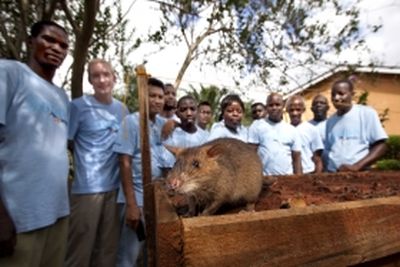
The African giant hamster rats are more suitable for mine-detection than dogs, mostly because of their weight. They stay in use for several years. Rats have an excellent sense of smell and must be seen as quite intelligent animals. This species also features a calm mind. In the first weeks of their life, the animals already learn to sniff the high-explosive material TNT beneath strong scents like coffee and tea. After successfully passing the training as well as the admission test the rats go into action. The so called “Hero Rats” get tied on a rope and get attached with a leash. Because of their light weight (about 1kg) the rats do not cause explosions. They are on top of the mine and point out the danger through scratching and scraping.
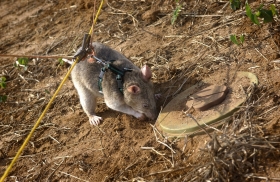
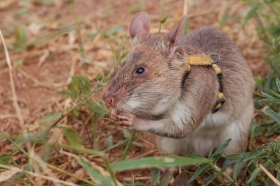
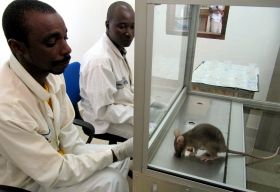
The giant hamster rats sniffed 2400 mines and 1000 bombs in Mozambique only. Meanwhile the work locations spread from Mozambique to Angola, Thailand and Cambodia. The organization APOPO trained some of these Hero Rats on tuberculosis pathogens. To do so, they put the rats in glass cases with saliva samples underneath. Through this method the animal is able to analyze 40 samples in just 7 minutes. It would take a human a whole day to analyze the same amount.
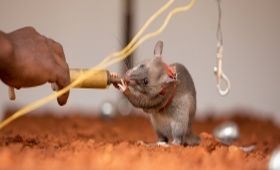
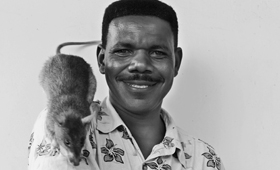
Since 2008 giant hamster rats have been trained in sniffing this pathogen. In 2012 around 600 infected saliva samples, which the doctors could not detect, were found. As a reward, these “Mine-Defusers” and “Doctors” were spoilt with bananas. In the future, those rats should be able to track down spilt people in earthquake regions. The flair of these animals, though many people are disgusted by them, is remarkable. They are of inestimable value for communities that have problems with landmines and tuberculosis.